What they didn’t teach you in school…

The greatest amphibious invasion in history occurred 76 years ago on June 6. Its success guaranteed the fall of the Third Reich.
The logistics behind the invasion were daunting. Nearly 4,500 vessels manned by 150,000 sailors ferried more than 150,000 Allied soldiers 100 miles across the stormy English Channel. A further 13,000 paratroopers jumped behind German lines hours before to block the enemy’s axis of advance.
Their victory was far from certain. But by day’s end, the American-led coalition had established a toehold in the hedgerows of Normandy. Here’s what you missed in school!
The Americans Wanted to Land Much Earlier
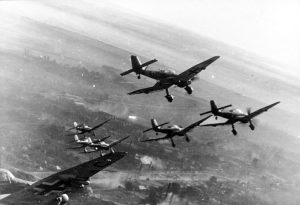
Until the United States could bring its economic power and massive reserves in manpower to bear, it remained the junior partner to the British. Knowing this, the British dismissed American calls to invade France as early as 1942. British Prime Minister Winston Churchill, while explaining his drawn-out strategy for opening a second front to Soviet dictator Joseph Stalin, compared Hitler’s empire to that of an alligator. France represented its powerful jaws and jagged teeth. The Mediterranean, on the other hand, its “soft underbelly.” While his assessment of German defenses in North Africa and Italy, in particular, didn’t turn out to be accurate, an invasion of France in 1942 would have almost certainly ended in a Stalingrad-level disaster for the Allies. Although German coastal defenses outside of port cities were wholly inadequate at the time, the Luftwaffe could provide air cover for a massive armored counteroffensive more substantial than what routed green American troops at Kasserine Pass, Tunisia in February 1943.
Eisenhower Nearly Quit

The Supreme Allied Commander Dwight D. Eisenhower nearly resigned over a contentious disagreement with Winston Churchill.
Eisenhower knew that Allied air supremacy was a prerequisite for a successful invasion. Whoever dominated the skies over France would seriously reduce their enemy’s ability to wage warfare on the ground. But that wasn’t enough. Six Allied infantry divisions and two airborne divisions would be entrenched in French soil by nightfall on June 6 if all went according to plan. Meanwhile, 58 German infantry, motorized, and panzer divisions had assembled in Western Europe, stretching from Holland to France.
That force included two panzer divisions reinforcing Germany’s 7th Army in Normandy. If they rushed to the beaches in time, the tanks might push the Allies into the sea. Eisenhower proposed bombing French infrastructure to mitigate the risk. Arthur Harris, the head of RAF’s bomber command, vehemently disagreed, insisting his planes focus on German industrial targets. Churchill worried about alienating the French.
By threatening to quit, Eisenhower got his way. Twenty thousand French civilians died, but historians argue that the bombing campaign was vital to help guarantee the success of Operation Overlord.
Hitler Was Ready but in the Wrong Spot
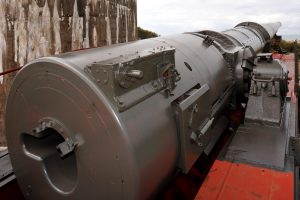
Facing the prospect of a protracted war in Russia, Hitler knew by 1942 he had to strengthen his defenses along the Atlantic Coast. From Norway to France’s Spanish frontier, the Wehrmacht constructed an extensive defensive line known as the Atlantic Wall with the help of one million slave laborers.
The Pas-de-Calais region of France was the most logical site for a seaborne invasion. An extensive disinformation campaign and a phantom army commanded by General George S. Patton mostly convinced Hitler that the American-led forces would land there. All French ports bristled with German artillery, but Calais was the most heavily guarded. Three massive guns capable of inflicting horrendous casualties overlooked its beaches. German commanders placed the vaunted 15th Army stationed nearby on high alert. An invasion there probably would have ended in disaster, like the August 1942 raid on Dieppe.
But it never came.
Still, Things Started Badly
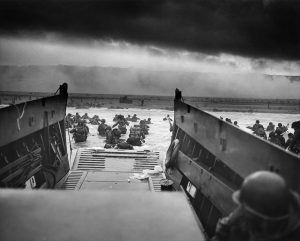
Like the adage says, no plan survives first contact intact. Eisenhower’s battle plan called for the destruction of German artillery batteries on the coast and infrastructure further inland before the invasion, followed by an airborne assault to cut off German reinforcements and a seaborne attack to overrun the surviving coastal defenders.
Straightway, things went wrong for the attackers. Bombsights in 1944 under the best conditions weren’t nearly as accurate as the advocates of strategic air warfare desired. Although the weather improved substantially from the day before, most of Normandy remained shrouded in cloud cover on the morning of June 6, 1944.
Bomber crews often killed more cows in pastures than German soldiers at their posts.
Elite paratroops suffered misdrops all over Normandy. Some drowned in flooded fields; others became easy targets for snipers while looking for their comrades. Eventually, enough men banded together to form makeshift squads and then platoons. While they secured their positions behind the beaches, Allied soldiers came in by sea.
Conditions were rough. At Omaha Beach, nearly all DD Sherman Tanks were lost in the channel contributing to the high loss of life.
In two hours on Omaha Beach, more Americans died than in the 19-year War in Afghanistan. But their willingness to advance under the worst possible conditions guaranteed room for successive waves, and gradually the defenders were overwhelmed.
The Germans Were (Largely) Leaderless
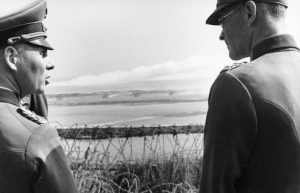
The Germans expected the terrible weather that immediately preceded D-Day to continue for up to two weeks. Whereas the chief Allied meteorologist correctly predicted the crucial break around June 6. Although conditions remained inclement, they were kind enough.
Because the threat of invasion seemed remote, particularly in Normandy, many commanders were away. On the morning of June 6, Field Marshall Erwin Rommel celebrated his wife’s birthday in Germany. Meanwhile, Hitler had taken a sedative before going to bed around 3:00 am at the Berghof. Chief of the Operations Staff Alfred Jodl refused to wake him. Only after a lunchtime conference did an ambivalent Hitler agree to Field Marshall Gerd von Rundstedt’s request to release two panzer divisions to Normandy. Under the dense morning clouds, they might have reached the beaches while the Allies were at their weakest. But now the tanks couldn’t move until dark, lest they be destroyed by ground-attack aircraft. The inflexible German command system had dashed any hopes of defeating the invasion at the beaches.
Historians Still Debate the Casualties
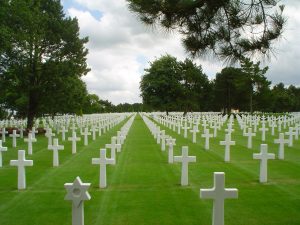
Top strategists warned that casualties for a cross channel invasion could be staggeringly high. One advised General Eisenhower that paratroopers alone could suffer 75% casualties on D-Day. Before retiring on the evening of June 5, Churchill reportedly remarked to his wife that by the time they woke up, 20,000 men could be dead.
Those figures proved wrong, although the real number will never be known. Officially, 4,414 Allied soldiers were confirmed dead, a highly disputed tally. Some estimates go as high as 12,000.
Allied forces suffered 226,386 casualties during Operation Overload, the three-month campaign to liberate Normandy. German losses are less clear, but including prisoners range from 288,695 to 530,000. Upwards of 40,000 French civilians lost their lives. And the world was never the same.
Advertisement
Support the Landmark Lawsuit Against Antifa

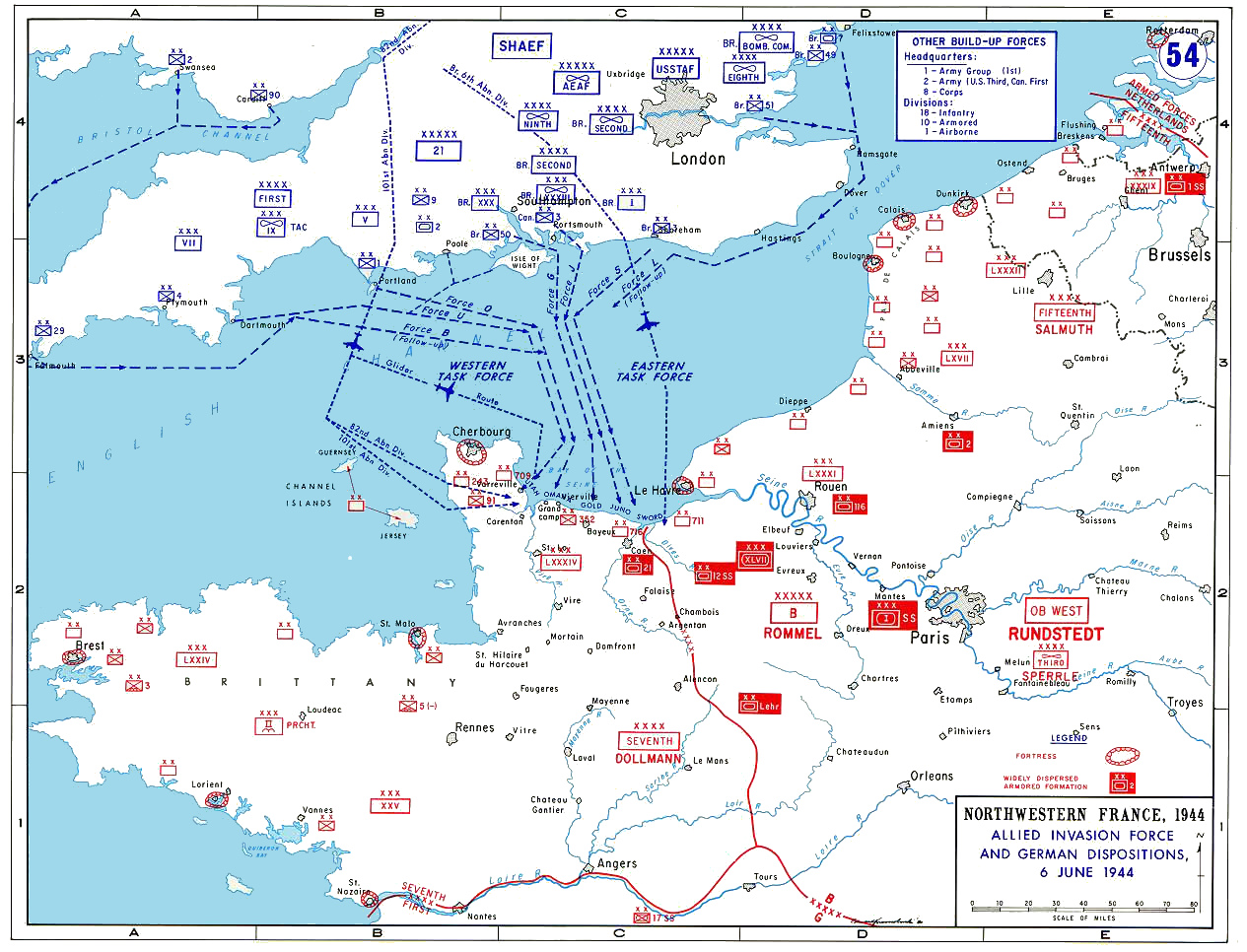

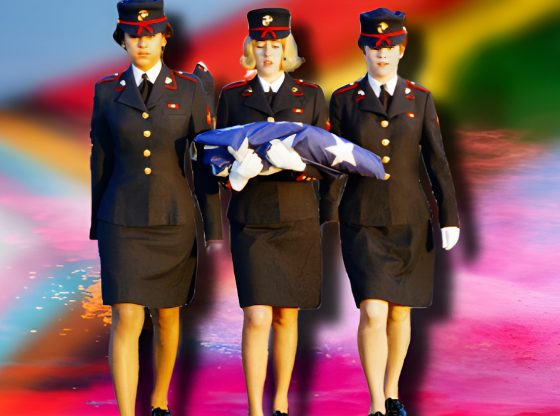












I am making over $9k a month working part time. I stored being attentive to different human beings inform me how much money they are able to make on line so I decided to lok into it. well, it turned into all actual and has completely modified my life. that is what I do………………Read More
Very interesting review and well presented-had my interest. I was a young lad at that time and remember reading the paper as best I could, but did not understand the enormity of the invasion. I’d like a story on England’s camouflage staging that took place on the Dover coast. I thank the merciful God for the outcome of democracy in Europe and England.
I am making over $9k a month working part time. I stored being attentive to different human beings inform me how much money they are able to make on line so I decided to lok into it. well, it turned into all actual and has completely modified my life. that is what I do………Click Here